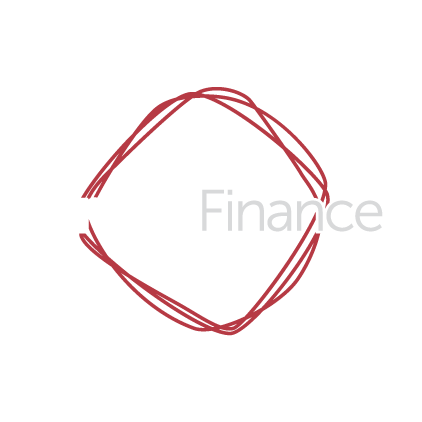Congratulations on your new investment property! After purchasing the property, the next step is to find quality tenants and sign them up to a lease. You have two options when it comes to property management: hire a property manager or manage the property yourself. This article will focus on the latter option and provide guidance on how to manage your own investment property effectively.
Familiarise Yourself with the Law
The first step in managing your own investment property is to familiarise yourself with the laws governing residential tenancies in your state or territory. The Residential Tenancies Act provides guidelines for repairs, utility charges, inspections, and other related matters. Understanding these laws will help protect the rights of both the tenant and landlord.
Prepare the Paperwork
To get started, you will need to prepare some essential documents, including a lease (usually for 6 or 12 months), a bond (usually one month’s rent paid by the tenant in advance as security), and a condition report. The condition report takes note of the property’s condition before the tenant moves in and serves as evidence if the tenant damages the property. It’s important to take photos and encourage the tenant to submit their own condition report.
Set the Rent and List the Property
To determine the rental rate, you can research the going rates in your area by asking a local real estate agent, checking out real estate websites like www.realestate.com.au and www.domain.com.au, or asking us for a suburb report. When advertising your property, pair quality photos with a great listing to attract quality tenants. Don’t forget to include stipulations about pets and smoking.
Find Quality Tenants
Finding quality tenants requires thorough screening of candidates. You should verify their ID, income (such as their most recent payslips and bank statement highlighting their income), call their references, and investigate their previous rental history. Online tenant databases like TICA, National Tenancy Database, and Trading Reference Australia can help check if candidates have been “blacklisted” by previous landlords. However, there are laws governing disclosure and the use of these databases. Make sure to research the rules in your state or territory.
Get the Ball Rolling
Once you find the right tenant, file all the necessary paperwork, lodge the bond, and start collecting rent. Each state or territory may have different requirements, so be sure to research the rules. Consider using landlord software apps to help with rent tracking and expense management.
Respond to Repair Requests
It’s essential to respond to repair and maintenance requests promptly. By taking care of your tenants, they are more likely to take care of your property. Ensure that you are aware of the rules and timelines for completing repairs in your state or territory’s Residential Tenancies Act.
Don’t Forget Inspections
Regular inspections are necessary to ensure that your property is being looked after. Research the rules and timelines for inspections in your state or territory. Keep meticulous records of all interactions with the tenant, as they can help protect you if issues arise.
Ready to Become a Landlord?
Managing your own investment property requires effort and attention to detail, but it allows for complete control over your property and saves you the commission you’d pay a property manager. We are here to help with any questions you have, so don’t hesitate to get in touch with us today.








































